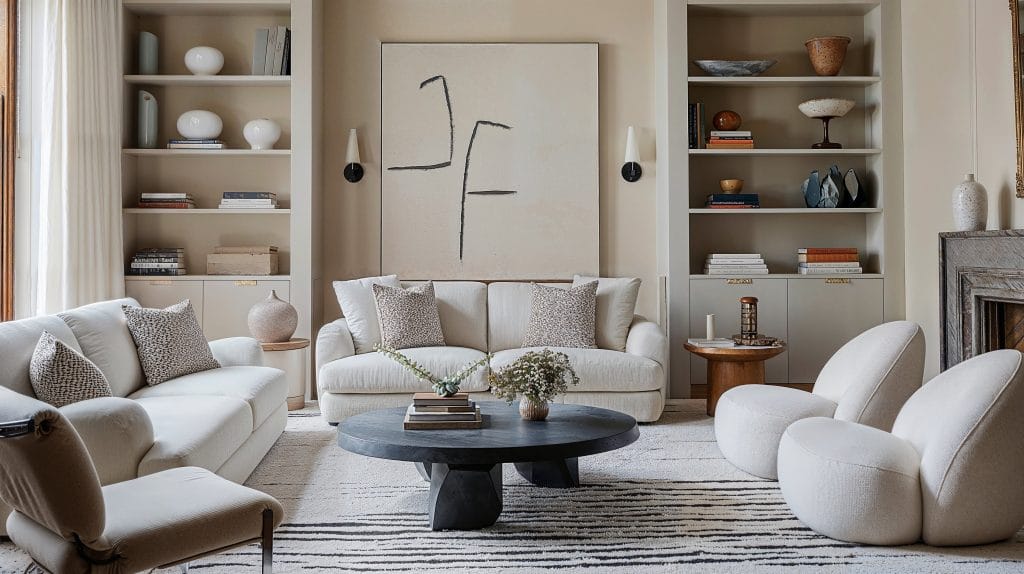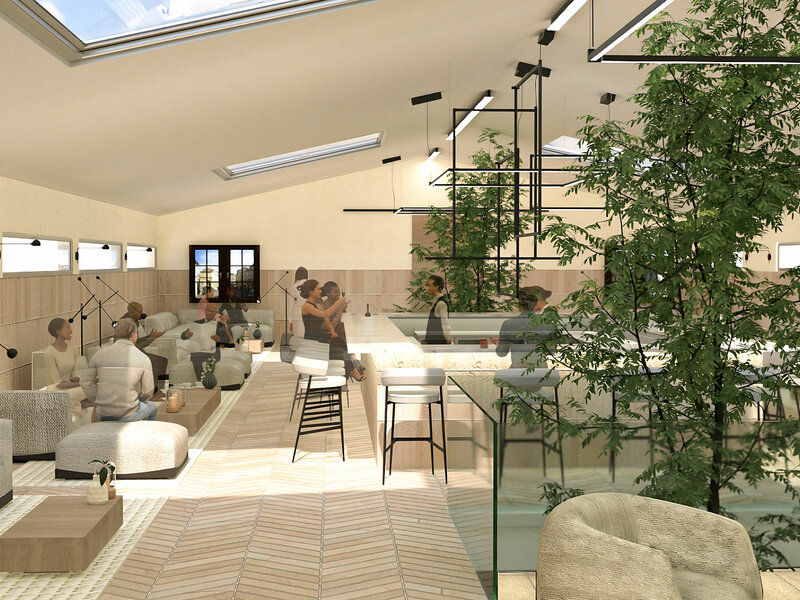A leading Architecture Firm crafts innovative and functional designs.
Wiki Article
Change Your Home With Important Principles of Interior Decoration and Aesthetic Appeals
By comprehending the influence of shade theory and the relevance of texture and patterns, one can develop spaces that are not only aesthetically attractive but additionally deeply personal. Achieving this balance involves more than simple decoration; it includes a strategic plan and an eager understanding of exactly how each element interacts within a space.Comprehending Shade Concept
Comprehending the principles of color theory allows designers to develop areas that resonate mentally with owners while satisfying functional requirements. Each group plays a crucial role in establishing consistency within a room.The emotional impact of shades is profound; warm tones such as reds and oranges stimulate power and heat, while great tones like blues and eco-friendlies promote peace and serenity. Furthermore, using corresponding colors enhances aesthetic passion, producing striking contrasts that can elevate an area's charm.
Neutral shades, on the other hand, offer as a functional background, permitting various other layout elements to shine. It is necessary to consider factors such as lights and the space's objective when choosing a shade palette, as these can change the perception of shades throughout the day.
Ultimately, a well-considered color design can transform an area, fostering a sense of convenience and design that aligns with the inhabitants' preferences. Proficiency of shade theory is, as a result, a vital skill for any kind of indoor designer aiming to produce unified and welcoming environments.
Accomplishing Equilibrium in Layout
How can designers accomplish a sense of stability in their rooms? Accomplishing balance in style is fundamental to creating harmonious insides.Unbalanced equilibrium, on the various other hand, relies upon differing components that still attain a cohesive appearance. This strategy enables even more dynamic and casual setups, giving passion while keeping stability. By carefully selecting differing sizes, colors, and appearances, developers can develop an aesthetically compelling room that really feels balanced yet energetic.
Radial balance stresses a central prime focus with components radiating outward. This design is generally seen in circular layouts, where furnishings and decoration produce a cohesive border that draws the eye internal.
Ultimately, achieving equilibrium needs thoughtful factor to consider of scale, percentage, and the connections between elements. miami luxury interior design. By masterfully applying these equilibrium concepts, designers can change areas right into atmospheres that really feel both visually pleasing and functionally unified, enhancing the total experience for occupants
Relevance of Spatial Recognition

A keen sense of spatial awareness enables developers to identify prime focus within a room, directing the customer's focus to crucial attributes while keeping a total feeling of unity. It additionally aids in the critical positioning of lights, which can considerably affect the understanding of area and mood. Furthermore, recognizing spatial partnerships enables the developer to provide to the details requirements of citizens, making sure that each location serves its desired function without jeopardizing visual appeals.
Inevitably, spatial awareness is important for making best use of the possibility of any kind of interior room. By very carefully thinking about the interaction between measurements, design, and feature, designers can develop atmospheres that not only meet functional requirements yet also stimulate a sense of check my blog convenience and appeal, enhancing the total living experience.
Incorporating Structure and Patterns
Embracing a varied variety of appearances and patterns can considerably boost the visual and responsive appeal of an indoor space. The critical use of different products-- such as timber, steel, fabric, and stone-- develops deepness and interest, making a space feel a lot more welcoming and dynamic. For example, incorporating smooth surface areas with rough appearances can establish an equilibrium that attracts the eye and involves the senses.When integrating patterns, consider both scale and repeating. Large patterns can act as centerpieces, while smaller, subtle styles can enhance various other components without overwhelming click reference the room. Layering patterns, such as pairing floral pillows with striped throws, includes complexity and a sense of harmony if performed thoughtfully.
It is also crucial to keep a cohesive color scheme, guaranteeing that structures and patterns work with each other rather than compete for focus. By choosing a few essential appearances and patterns, you can produce a combined visual that shows your personal style while enhancing the overall setting of the space. Inevitably, the mindful consolidation of these components can transform an ordinary space right into an advanced environment abundant with character and heat.
Personalizing Your Area
Creating an area that reflects your character is vital to accomplishing a truly welcoming atmosphere. Personalization in interior decoration enables you to instill your distinct design and rate of interests right into your home, transforming it from a simple sanctuary into a shelter that talks with that you are. Begin by selecting a color combination that reverberates with your emotions-- strong colors can energize, while soft tones provide tranquility.Integrate art work and decor that show read what he said your enthusiasms, whether it be traveling, nature, or abstract concepts. Presenting personal collections, such as publications, photographs, or souvenirs, can evoke treasured memories and produce centerpieces within an area. Additionally, think about tailoring useful pieces, like upholstered furniture, to line up with your visual choices.

Conclusion
To conclude, the makeover of a home with the necessary principles of interior style and appearance demands an extensive understanding of shade theory, balance, spatial understanding, appearance, and personalization. Each component contributes considerably to developing a harmonious and useful living setting - Architecture Firm. By thoughtfully integrating these principles, individuals can enhance the visual charm and emotional vibration of their rooms, inevitably fostering a home that shows unique identities while giving comfort and usefulnessReport this wiki page